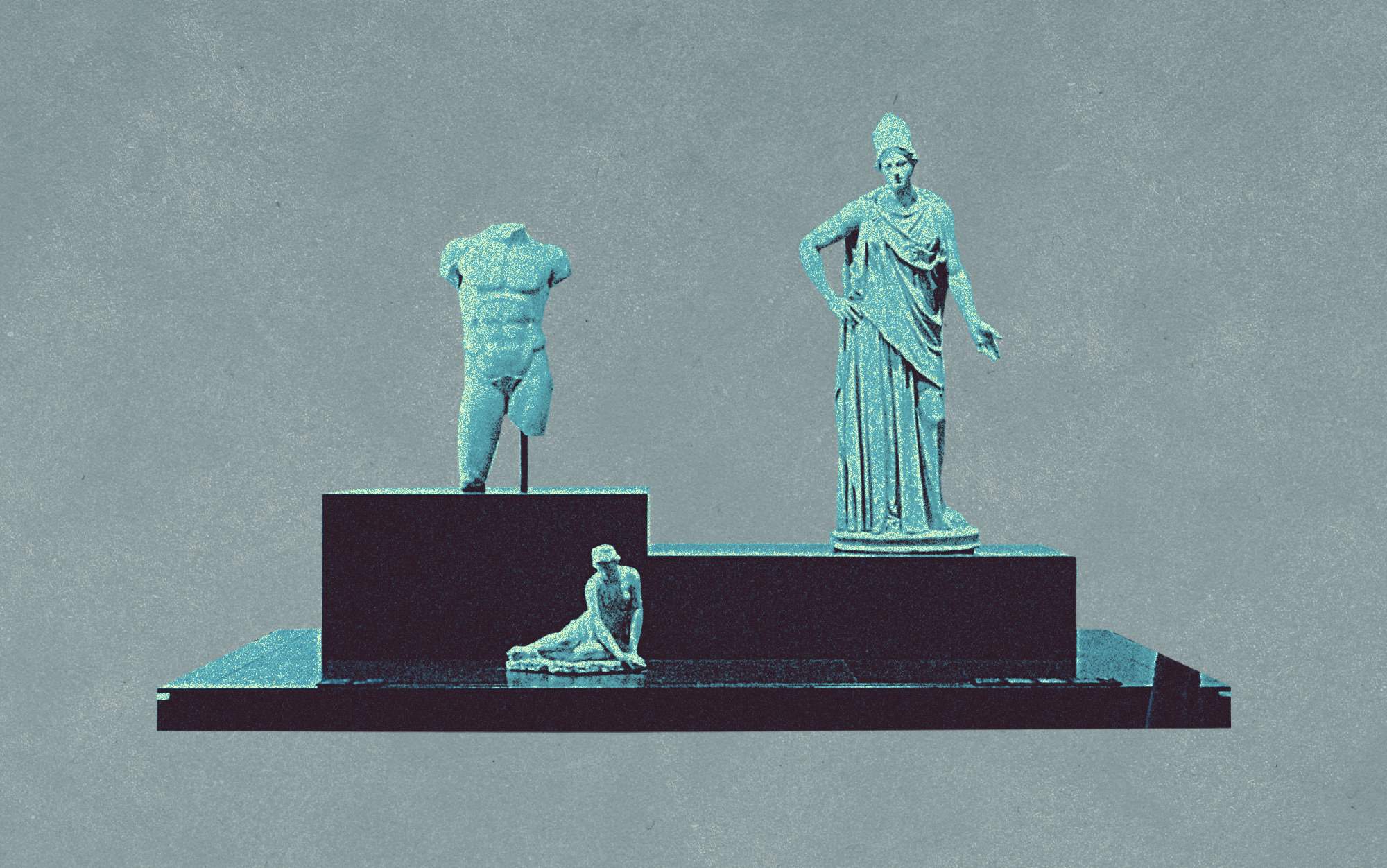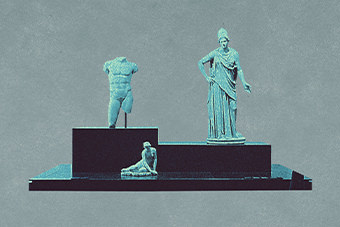The Museum of Man is carefully tucked in the heart of Panjab University. Located near the administrative block, it is a part of the Department of Anthropology. The museum houses many exhibits that study human beings across various aspects, ranging from the biology and evolutionary history of Homo sapiens to their interaction with society and culture. The museum is an excellent place to learn about the history of the origin of man. It facilitates the study of historical patterns and processes related to culture as a medium for growth, adaptation, and change. A vast majority of the items located within the museum were discovered on archaeological excavations in the upper, middle, and lower Shivalik hills led by a combined team of anthropology students from Panjab University and Yale University.
The museum houses an extensive collection, and the artefacts are acquired from various corners of the country. The museum is organised into sections based on where each item was found. It is divided into three galleries:
Gallery 1: Physical Anthropology The gallery consists of exhibits depicting the evolution of hominids (a member of the primate family Hominidae) and hominoids (an animal reminiscent of a human). Life-size models are on display. Some are around 50 years old, made in clay; newer ones are cast in fire glass. In addition to the models, there are shelves neatly stacked with skulls, teeth molars and jaws of various animals (including elephants, horses, giraffes, hippopotamus, etc.) indigenous, in the past, to upper, middle, and lower Shivalik hills. Fossilised faecal matters are on display on the adjacent racks.
Gallery 2: Social anthropology/Ethnographic gallery The gallery exhibits material related to culture from various regions of India and around the world. The Ethnographic gallery displays Hula skirt made of grass from Fiji, African wedding jewellery made of beads, Kashmiri baskets, teapots, kitchenware made from pumpkin shell, Kullu jewellery, wooden combs, modern and tribal flutes, cowbells, etc.
Gallery 3: Pre-historic archaeology The gallery displays choppers from upper middle and lower palaeolithic periods. The neat arrangement of tools with clear and legible identification tags makes it possible to notice the gradual process of refinement instantly. While the lower palaeolithic tools are coarse and big in size, the upper palaeolithic ones are smaller and sharper. Additionally, on display are Mesolithic microliths in shale (fine-grained, clastic sedimentary rock) with minute and precise edges. The models of sculpture figurines and seals from Indus valley civilisation are also on display. Venus figurines from Willendorf and Laussel (France) with voluminous masses enhance the artistic value of the collection.
More Information
Getting there
The nearest Bus Terminal is in Sector 17. The railway station is located between Chandigarh and Panchkula with one side of the railway station connected to Panchkula and the other to Chandigarh. The Chandigarh Airport is located in Mohali. The Museum can be reached via an auto rickshaw, taxi (Uber, Ola etc.) or a local bus.
Average duration of visit
Less than 1 hour
Museum administered by
Department of Anthropology, Punjab University
Currently closed
Yes.
The museum opens only after an appeal is made to the Department of Anthropology on it's working days.
Updated
Quick Facts
Address:
Department of Anthropology, Punjab University
Visiting Time:
Sunday: Closed
Monday: 9 am - 5 pm
Tuesday: 9 am - 5 pm
Wednesday: 9 am - 5 pm
Thursday: 9 am - 5 pm
Friday: 9 am - 5 pm
Saturday: Closed
The Museum is open on public holidays.




